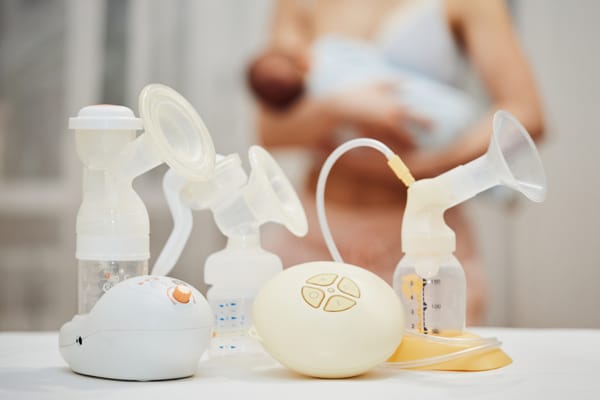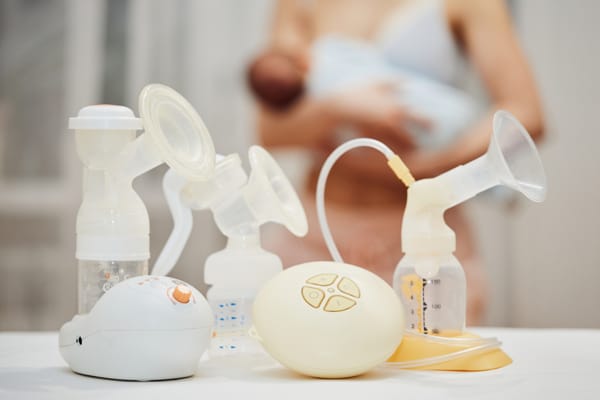
For many parents, pumping and bottle feeding can be a game-changer—whether it’s to provide flexibility, involve other caregivers in feedings, or create a backup milk supply. However, building a successful routine takes time, patience, and the right approach. In this guide, we’ll explore ways to establish a smooth pumping and bottle-feeding routine that supports both parents and babies.

Why a Pumping & Bottle Feeding Routine Matters
A consistent routine helps maintain milk supply, ensures baby is fed comfortably, and creates predictability in your daily schedule. Whether you’re exclusively pumping, supplementing, or just preparing for occasional bottle feeds, setting up a routine that aligns with your lifestyle can make the process easier.

Step 1: Finding the Right Pumping Schedule
Pumping frequency varies depending on individual needs, but here are some general guidelines:

Step 2: Choosing a Pump That Fits Your Needs
There are various types of breast pumps, including:
Consider factors like suction settings, portability, and battery life when selecting a pump.

Step 3: Storing & Handling Pumped Milk
Proper storage ensures your baby receives fresh milk while keeping feedings organized. Follow these general guidelines:

Step 4: Introducing the Bottle
If your baby is exclusively breastfed, introducing a bottle can take time. Here are some gentle ways to ease the transition:

Step 5: Creating a Routine That Works for You
A predictable routine can help maintain supply and support baby’s feeding needs. Consider:
Every family’s routine will look different, so flexibility is key.
Making Pumping & Bottle Feeding Easier
Final Thoughts
Pumping and bottle feeding can be an adjustment, but with the right routine, it becomes an empowering way to nourish your baby while meeting your family’s needs. Whether you’re pumping occasionally or every day, creating a plan that works for you is what matters most.
Need additional support? Fox & Cub Family Wellness offers lactation counseling to help parents navigate their feeding journey with confidence. Explore our services or shop our thoughtfully selected essentials for your pumping and feeding needs.



